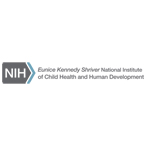NICHD Network Identifies Most Effective of a Series of Infertility Treatments
Researchers in a large network funded by the Eunice Kennedy Shriver National Institute of Child Health and Human Development (NICHD) have determined the most effective of a series of common infertility treatments.

 BACK TO TOP
BACK TO TOP